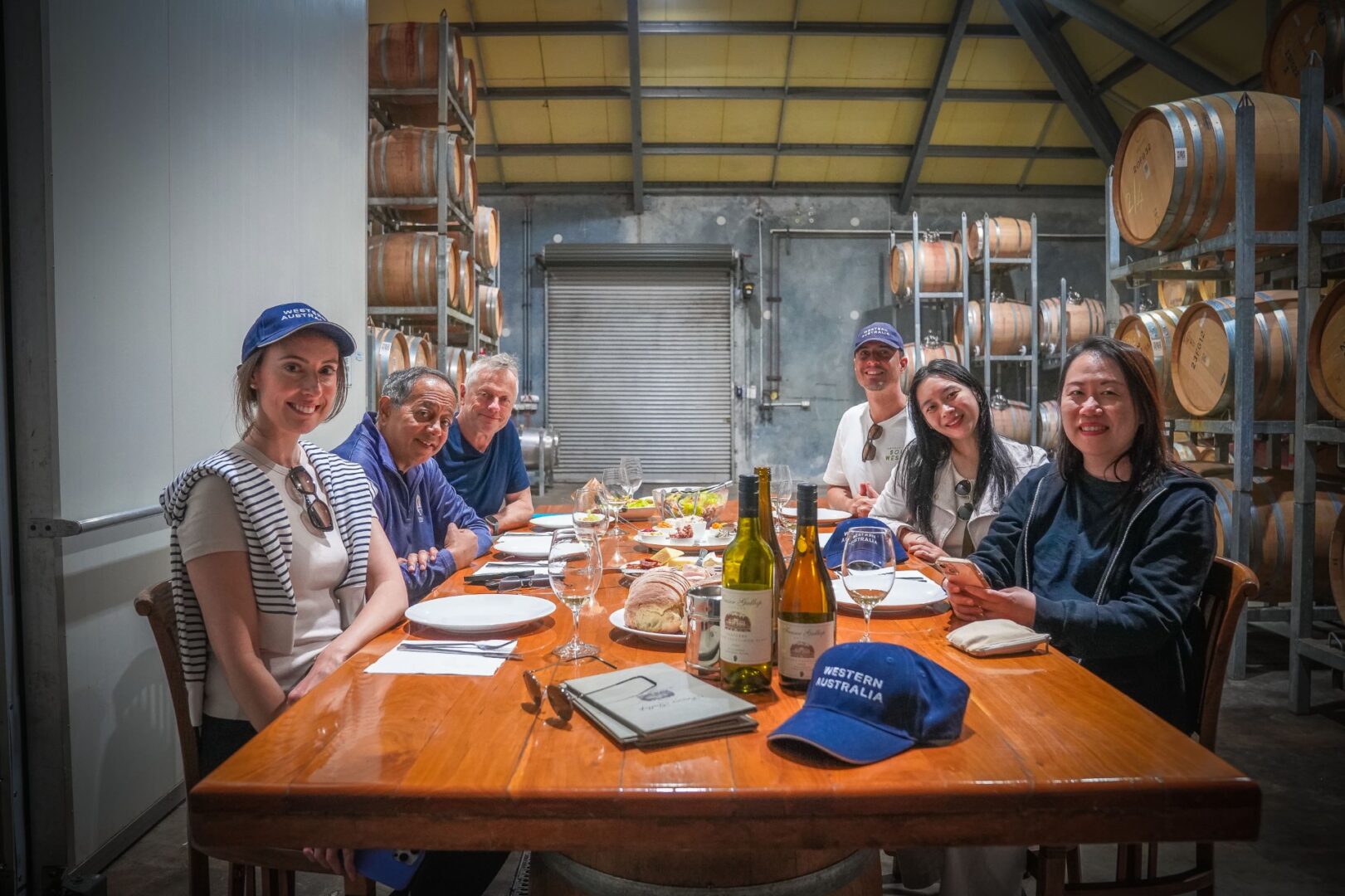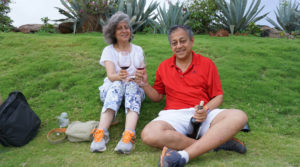
48 hours in Almeria | Mirror of the Sea




The second is the Casa del Cine which opened in 2011 to commemorate Almeria’s rich legacy as the outdoor set of choice for many Hollywood movies with its arid desert landscapes and sunny climate (see Box on Hollywood comes to Andalusia). This museum of cinema history is housed within a grand mansion on the outskirts of effects spread through ten rooms. Its past occupants range from influential movie directors such as David Lean to famous actors such as Peter O’Toole and Yul Brynner. Even the immortal John Lennon resided in the house for a short period during the filming of the satire How I Won the War and is said to have been inspired to write the Beatles classic Strawberry Fields during his stay. The use of state of- the art compositing technology allows you to take part in green-screen sets and see yourself acting in real-life film scenes.

![]()








